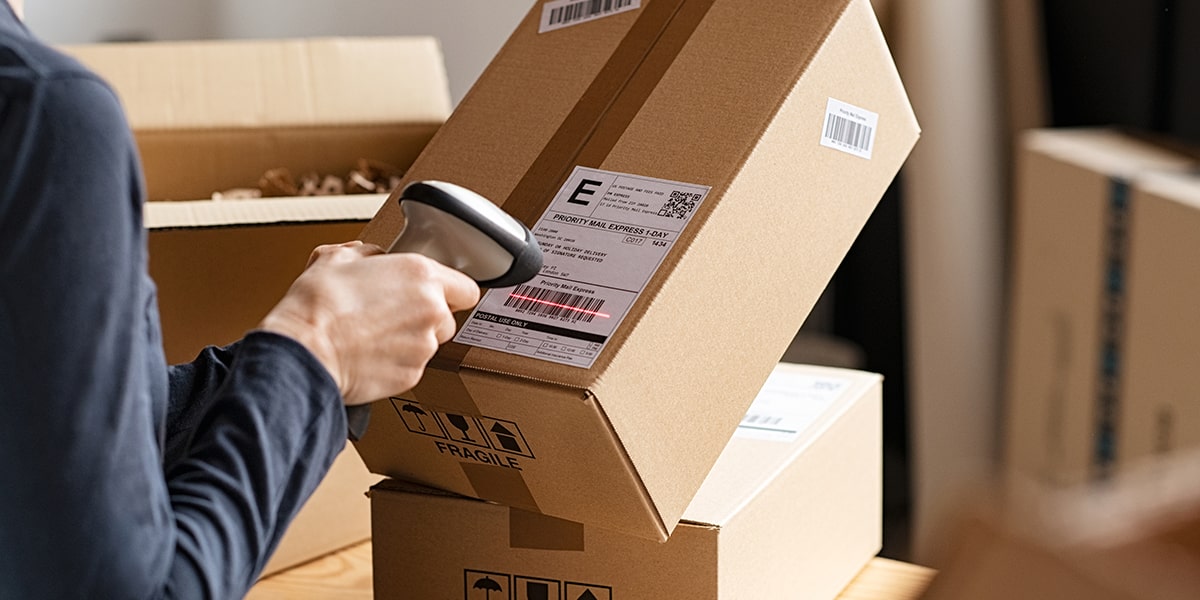Compression Resistance Testing of Packaging Boxes
The compression resistance testing of packaging boxes is a critical service that ensures consumer products and packaging meet legal and safety standards. This test evaluates how well a box withstands compressive forces, which is particularly important for ensuring the integrity and protection of contents during transport and storage. The test is essential in several sectors including retail, manufacturing, and logistics.
Compliance with international standards such as ISO 17814:2015 or ASTM D956-15 helps manufacturers ensure their packaging meets global quality benchmarks. This testing aligns with broader product safety regulations, such as those enforced by the Consumer Product Safety Commission (CPSC) in the United States.
The test involves applying a controlled force to a sample of the box until it collapses or reaches a specified deformation limit. The specimen preparation is critical; it involves cutting samples from the packaging material that accurately represent real-world conditions, including any internal fillers like foam inserts which can affect compressive performance.
Testing equipment such as hydraulic compression machines are used to apply the force. These machines must be calibrated regularly and operated by trained personnel to ensure accurate results. The test parameters include the type of force applied (compression), the rate at which it is applied, and the specimen size. Acceptance criteria vary based on the intended use of the packaging, but generally involve a specified percentage of deformation or collapse before failure.
The process also includes recording detailed data about each test run, including temperature and humidity conditions during testing to ensure consistency. The results are then used by quality managers and compliance officers to make decisions about production processes, material selection, and labeling requirements. This service helps in reducing the risk of product damage during transit and protects consumers from potentially hazardous situations.
For R&D engineers, this test is a valuable tool for iterating on packaging designs. They can use the results to optimize materials or structural elements that enhance both strength and sustainability. In procurement, this testing ensures that suppliers meet quality standards, thus reducing risks associated with substandard products reaching market shelves.
Quality and Reliability Assurance
The reliability of packaging is paramount in ensuring product integrity and customer satisfaction. Compression resistance tests are a cornerstone of quality assurance programs, providing data that can be used to improve the design and functionality of packaging boxes. By identifying weaknesses early in the production process, manufacturers can address issues before they reach the market.
Quality managers rely on these tests to ensure that all products meet or exceed safety standards set by regulatory bodies like the CPSC. Compliance officers use this data to verify that suppliers are meeting contractual agreements and legal requirements. Engineers leverage test results during design iterations, refining both structural and material choices for greater performance and durability.
The testing process itself is highly standardized, employing rigorous methodologies that ensure consistent outcomes across multiple tests. This consistency allows companies to compare the performance of different designs or materials accurately. The data generated from these tests can also be used in reverse engineering studies, helping teams understand how various factors interact within a complex packaging system.
Moreover, by integrating test results into broader quality assurance programs, organizations demonstrate their commitment to delivering reliable products that meet both internal and external expectations. This approach fosters trust with customers while minimizing risks associated with faulty or compromised packaging.
Customer Impact and Satisfaction
Enhanced customer satisfaction by ensuring product integrity during transit.
Reduction in customer complaints related to damaged products due to compromised packaging.
Increased trust among customers as a result of compliant and reliable packaging.
Improved market reputation for companies that prioritize quality assurance through rigorous testing practices.
The ability to meet stringent compression resistance standards not only protects the product but also builds confidence in consumers. By adhering to international standards, businesses can ensure their products are safe and well-protected, leading to higher customer satisfaction rates.
Moreover, compliance with these tests can lead to positive feedback from stakeholders, including retailers and distributors who value consistent quality across suppliers. This, in turn, contributes to a more efficient supply chain and better overall market performance.
Competitive Advantage and Market Impact
By excelling in compression resistance testing, companies can differentiate themselves from competitors by offering superior packaging solutions that meet the highest standards of safety and reliability. This differentiation is particularly significant in competitive markets where brand reputation and customer trust are key factors.
Meeting or exceeding international standards such as ISO 17814:2015 also opens up opportunities for market expansion into regions with stringent regulatory requirements. It demonstrates a commitment to global quality benchmarks, which can be leveraged in marketing efforts to attract discerning customers and strategic partners.
The ability to provide consistent test results that are validated by internationally recognized standards enhances the credibility of the company among its peers and stakeholders. This recognition can lead to increased market share as consumers increasingly value products from reputable manufacturers who prioritize quality over cost.





